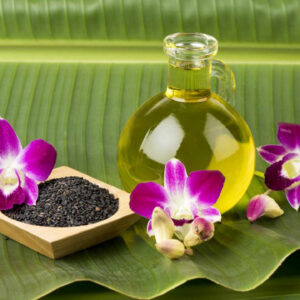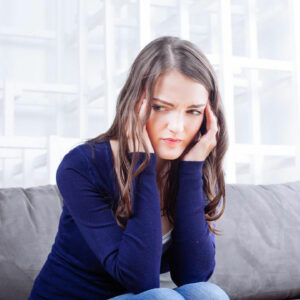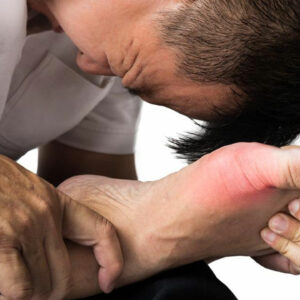
01
All You Need to Know about Breast Pain
Left breast pain in women can often be a warning sign of a future heart attack or be an underlying symptom of other serious conditions. Women tend to take these signs lightly, and in extreme cases, the result is death. Left breast pain can be a major indicator of underlying health problems. The best way to figure out if you’re really in trouble is by learning how to identify the location of the breast pain. Pain can originate from bodily structures located in the area under the breast. This is why non-breast related issues also need to be taken seriously. Heart attack symptoms may manifest as left breast pain, and this is an issue that is often overlooked amongst women. Common symptoms of oncoming heart attacks related to left breast pain include—a tightness in the chest, pain in the neck, jaw, or left arm, shortness of breath, sweating, nausea, dizziness, and a gut-feeling followed by a sense of uneasiness. Causes of left breast pain in women Let’s take a look at some of the common causes of left breast pain: Injuries Injuries to the breasts, come with scar tissues and this can cause pain in those regions. The elastic layer protecting nerve endings is sensitive, and injuries to this layer can cause pain. Surgeries Surgeries related to the left breast can cause pain due to the development of scar tissues and fat necrosis. This takes time to heal, and pain is caused during this process. The healing of incisions due to augmentation, reduction, or reconstruction, can also lead to left breast pain. Hormonal Imbalances Hormonal changes or imbalances in the female body can lead to breast pain. This typically occurs during menstrual cycles, or if the woman is consuming hormonal pills or undergoing hormone replacement therapy. Taking certain oral contraceptives and infertility treatment procedures can also cause left breast pain in women.
Read More 










